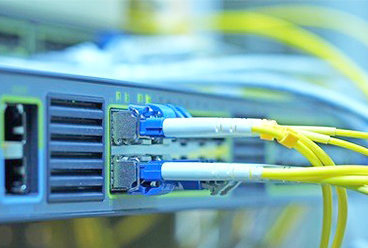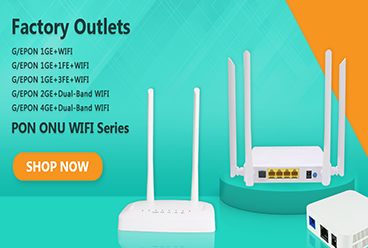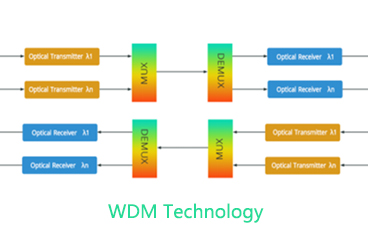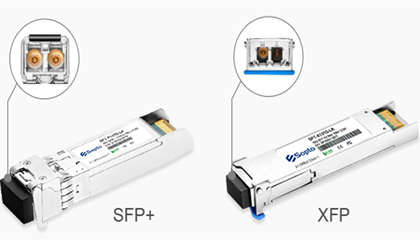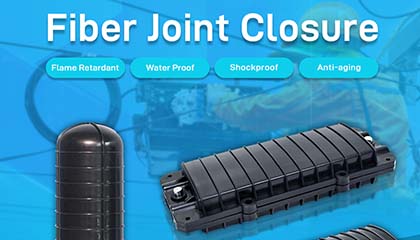Optical modules are components used in optical communications and optical networks to convert optical signals into electrical signals or convert electrical signals into optical signals. They usually come in different package types and have different characteristics. The following are some common optical module package types and their characteristics:
Small Form-Factor Pluggable (SFP) : SFP modules are hot-pluggable modules widely used in Ethernet and fiber optic communications. They have a small form factor and electrical interface, and support various fiber types (such as single-mode fiber and multimode fiber) and different transmission rates (e.g., 1Gbps, 10Gbps, 25Gbps, etc.).
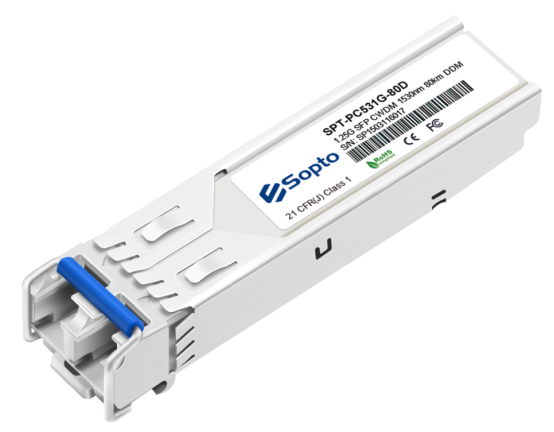
Small Form-Factor Pluggable Plus (SFP+) : SFP+ modules are an enhanced version of SFP modules, offering higher data transmission rates and lower power consumption. They are commonly used in 10G Ethernet, fiber optic communications, and data center applications.
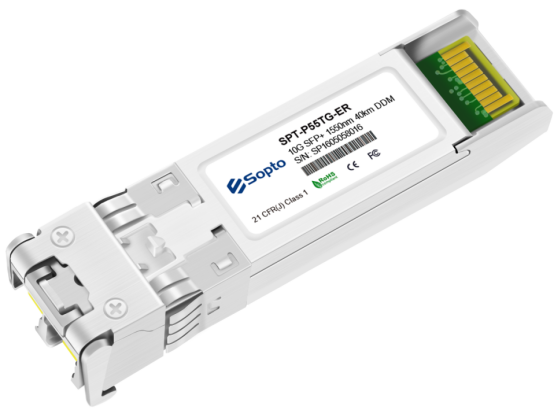
26-Pin Small Form-Factor Pluggable (SFP28) : SFP28 modules are small form-factor pluggable transceivers used for 25G Ethernet. They have the same form factor as SFP+ modules but support higher data transmission rates.
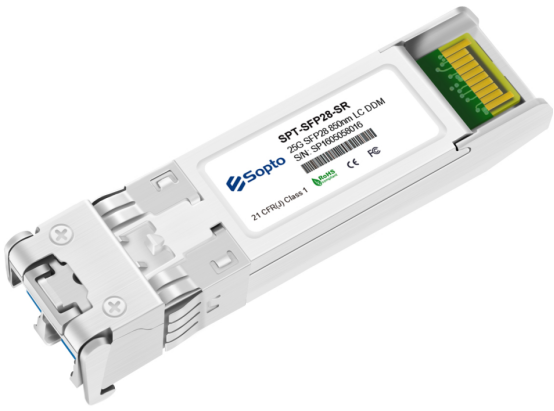
Quad Small Form-Factor Pluggable (QSFP) : QSFP modules are high-density transceivers capable of transmitting and receiving multiple fiber channels simultaneously. They can support transmission rates of up to 40Gbps or 100Gbps and are used in high-speed Ethernet, data center interconnects, and fiber optic communications.
Quad Small Form-Factor Pluggable Plus (QSFP+) : QSFP+ modules are an upgraded version of QSFP modules, offering higher data transmission rates and lower power consumption. They are commonly used in 40G and 100G Ethernet, data center interconnects, and fiber optic communications.
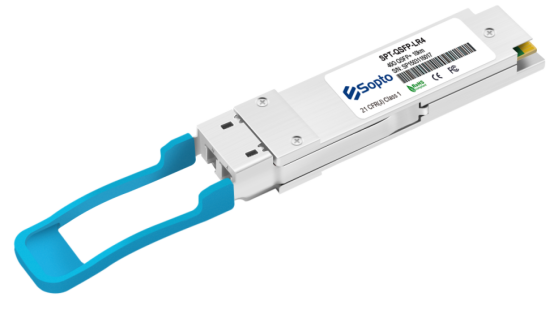
Quad Small Form-Factor Pluggable 28 (QSFP28) : QSFP28 modules are high-speed transceivers used for 100G Ethernet. They have the same form factor as QSFP+ modules but support higher data transmission rates.
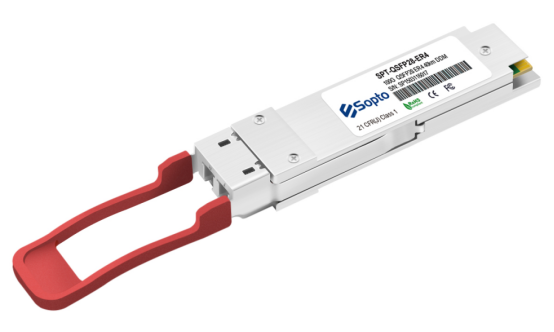
These optical module packaging types have different characteristics in different application scenarios, such as size, power consumption, transmission rate, and fiber type support. Selecting the proper package type depends on specific application needs and system requirements.
When selecting optical modules, it is important to consider the following factors :
Transmission Speed : Determine the required data transmission speed. Choose optical modules that support the appropriate speed for your application, such as 1Gbps, 10Gbps, 25Gbps, 40Gbps, or 100Gbps.
Package Type and Interface: Understand the interface types of your system and choose optical modules that are compatible with the system's interfaces, such as SFP, SFP+, QSFP, QSFP+, etc.
Fiber Type and Distance : Determine the required fiber type and transmission distance. Different optical modules support different fiber types, such as single-mode or multimode fiber. Consider the required transmission distance as well.
Compatibility and Interoperability : Ensure that the selected optical modules are compatible with other system components and devices, and can operate seamlessly. Understand the compatibility requirements and supported protocols of the optical modules to ensure interoperability with existing equipment.
Quality and Reliability : Choose reputable brands and manufacturers that provide certified optical modules to ensure quality and reliability. Look for information on the manufacturer's product certifications, quality assurance, and support services.
Power Consumption and Heat Dissipation : Evaluate the power consumption and heat dissipation requirements of the optical modules to ensure they can operate properly within the system and meet energy efficiency and heat dissipation needs.
Cost-effectiveness : Consider the balance between performance and cost when selecting optical modules. Choose modules that offer the best performance for your budget and application requirements.
Technical Support and Warranty : Understand the manufacturer's technical support and warranty policies. Ensure that appropriate support and maintenance can be obtained to address potential issues and failures.
In summary, when choosing optical modules, it is important to consider factors such as transmission speed, package type, fiber type, compatibility, quality, power consumption, cost-effectiveness, and technical support. Detailed knowledge of system requirements and information provided by manufacturers is crucial for making informed decisions.
Sopto Technology is a manufacturer specializing in the R&D, production and sales of 155M/1.25G/10G/40G/100G series fiber optical transceiver modules. If you are interested in optical modules, please feel free to contact us. We also provide customized services. Email : [email protected], Whatsapp: https://wa.me/+8618688759008/
Tags : SFP, SFP+, SFP28, QSFP+, QSFP28, fiber module, fiber optic module
— END —




